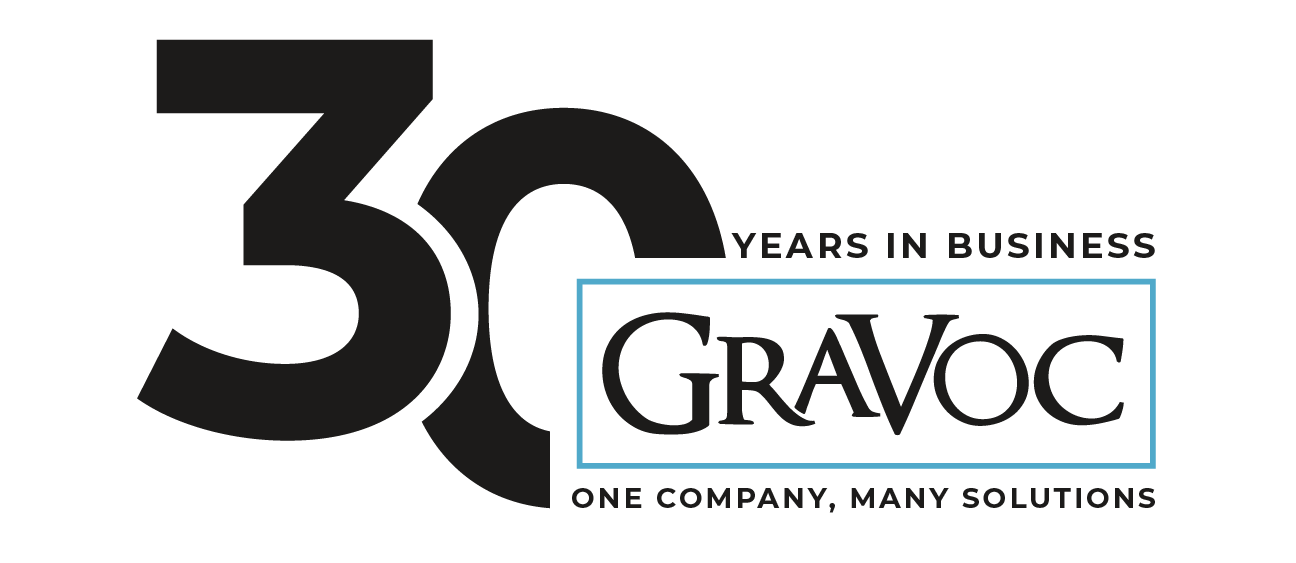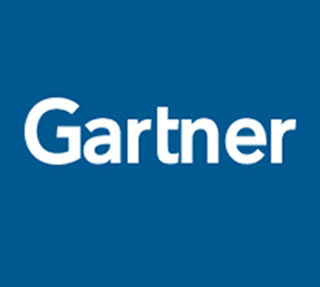I recently read the Gartner Research report outlining what’s trending in IT across multiple industries for the year 2014 and beyond. The research is intended for senior business executives to use in their IT and strategic enterprise planning initiatives during the coming years. Gartner’s overarching theme states that “many industries face accelerating pressure for fundamental business transformation” going so far as to say that “Many industries will face intense challenges in 2014 and beyond, and will have no choice but to radically change their established business models,”
 Now, let me state for the record that while I like Gartner’s research a lot (that’s why I read it) the truth is that this “trend” has been reoccurring year over year for the last decade. Especially for those of us in the IT and business consulting industry or, more specifically, those of us who are delivering technology solutions to businesses we see this happening every day. To us, this state of ever-evolving business model and technological transformation has been the status quo for quite a while.
Now, let me state for the record that while I like Gartner’s research a lot (that’s why I read it) the truth is that this “trend” has been reoccurring year over year for the last decade. Especially for those of us in the IT and business consulting industry or, more specifically, those of us who are delivering technology solutions to businesses we see this happening every day. To us, this state of ever-evolving business model and technological transformation has been the status quo for quite a while.
In almost every instance that we work with a client to implement or customize an Enterprise Resource Planning (ERP) or Customer Relationship Management (CRM) System we are doing it for the sole purpose of helping that customer create competitive advantage within their industry through the transformation of people, processes, and technology.
Whether we’re helping an organization become more efficient by automating manual processes, achieving compliance through data security best practices, increasing processing speed or organizational agility by upgrading infrastructure or migrating to the cloud, or even enhancing Web presences with intuitive design and eCommerce capabilities. It all starts with a similar question – ‘how can I differentiate myself from my competition and do what we do better, faster, and more cost effectively?’
 Another of Gartner’s predictions was that “By 2015, 80 percent of life science organizations will be crushed by elements of big data, exposing poor ROI on IT investments.” While a bit shocking that 80 percent will have experienced poor ROI given the amount of time and money spent on tools to address this issue it’s not that surprising to those of us in the IT industry. As a Microsoft Dynamics solutions provider we frequently compete against Oracle and SAP who, despite having multiple high profile and enormously expensive ERP implementation failures still continue to land big contracts even in the heavily cost-conscious mid-market.
Another of Gartner’s predictions was that “By 2015, 80 percent of life science organizations will be crushed by elements of big data, exposing poor ROI on IT investments.” While a bit shocking that 80 percent will have experienced poor ROI given the amount of time and money spent on tools to address this issue it’s not that surprising to those of us in the IT industry. As a Microsoft Dynamics solutions provider we frequently compete against Oracle and SAP who, despite having multiple high profile and enormously expensive ERP implementation failures still continue to land big contracts even in the heavily cost-conscious mid-market.
The fact that this transformation is accelerating seems logical although one has to question if the pace of change can continue at its current rate. Today Intel admitted that Moore’s Law, the standard by which technological advance has been predicted since 1965 has suddenly proven unsustainable because of the physical limitations of creating ever-smaller, faster, and more integrated processors. That said transformation, by definition, isn’t limited to strictly physical technology. Per the Gartner report transformation to business model is equally accelerated as we see many of our clients migrating to mobility-enabling platforms allowing users to access business data regardless of location or device.
Regardless of whether the changes will occur in technology, process, business model, or perhaps some other paradigm shift the next decade promises to bring as many changes to the business community as the last. Considering that 10 years ago there was no such thing as an iPhone, YouTube, or Hybrid Cars I’m pretty excited to see what the next 10 will bring.

